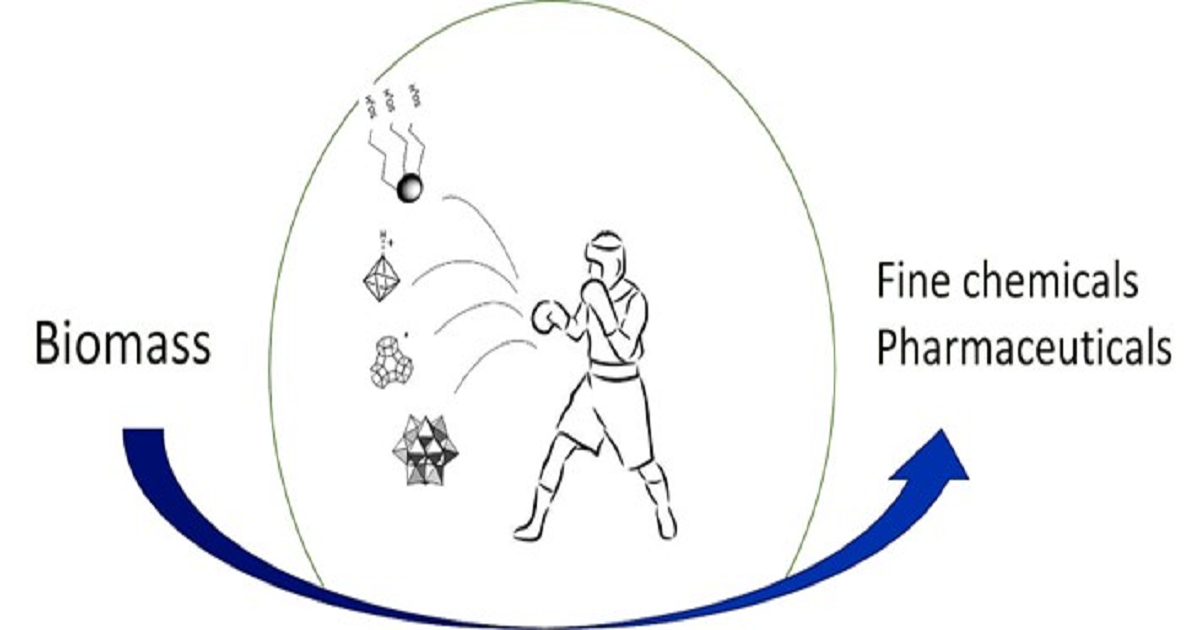Sustainable Catalysis in Fine Chemicals, Pharmaceuticals and Biomass Valorization
A special issue of Catalysts (ISSN 2073-4344). This special issue belongs to the section "Biomass Catalysis".
Deadline for manuscript submissions: 30 May 2026 | Viewed by 2396

Special Issue Editors
Interests: green chemistry; organic synthesis; heterogeneous catalysts; multicomponent reactions; biomass valorizations
Special Issue Information
Dear Colleagues,
Although the theme of “Sustainable Catalysis in Fine Chemicals, Pharmaceuticals and Biomass Valorization” has been extensively covered in various Special Issues, this particular issue focuses on using solid acids in sustainable catalysis for pharmaceutical production and biomass valorization. Thus, the scope of this issue appeals to a broad audience. Zeolites, sulfonated solids, supported and encapsulated heteropolyacids, and Lewis acid oxides are common examples of materials that have replaced homogeneous acids. Our interest in this topic is driven by the potential of these materials to be useful in conventional synthesis, particularly for the production of pharmaceutical products and biomass valorization.
Prof. Dr. Gustavo Pablo Romanelli
Dr. José J. Martínez
Guest Editors
Manuscript Submission Information
Manuscripts should be submitted online at www.mdpi.com by registering and logging in to this website. Once you are registered, click here to go to the submission form. Manuscripts can be submitted until the deadline. All submissions that pass pre-check are peer-reviewed. Accepted papers will be published continuously in the journal (as soon as accepted) and will be listed together on the special issue website. Research articles, review articles as well as short communications are invited. For planned papers, a title and short abstract (about 250 words) can be sent to the Editorial Office for assessment.
Submitted manuscripts should not have been published previously, nor be under consideration for publication elsewhere (except conference proceedings papers). All manuscripts are thoroughly refereed through a single-blind peer-review process. A guide for authors and other relevant information for submission of manuscripts is available on the Instructions for Authors page. Catalysts is an international peer-reviewed open access monthly journal published by MDPI.
Please visit the Instructions for Authors page before submitting a manuscript. The Article Processing Charge (APC) for publication in this open access journal is 2200 CHF (Swiss Francs). Submitted papers should be well formatted and use good English. Authors may use MDPI's English editing service prior to publication or during author revisions.
Keywords
- acid catalysts
- biomass valorization
- pharmaceuticals
- heteropolyacids
- sulphonated solids
- zeolites
- fine chemicals
Benefits of Publishing in a Special Issue
- Ease of navigation: Grouping papers by topic helps scholars navigate broad scope journals more efficiently.
- Greater discoverability: Special Issues support the reach and impact of scientific research. Articles in Special Issues are more discoverable and cited more frequently.
- Expansion of research network: Special Issues facilitate connections among authors, fostering scientific collaborations.
- External promotion: Articles in Special Issues are often promoted through the journal's social media, increasing their visibility.
- Reprint: MDPI Books provides the opportunity to republish successful Special Issues in book format, both online and in print.
Further information on MDPI's Special Issue policies can be found here.






